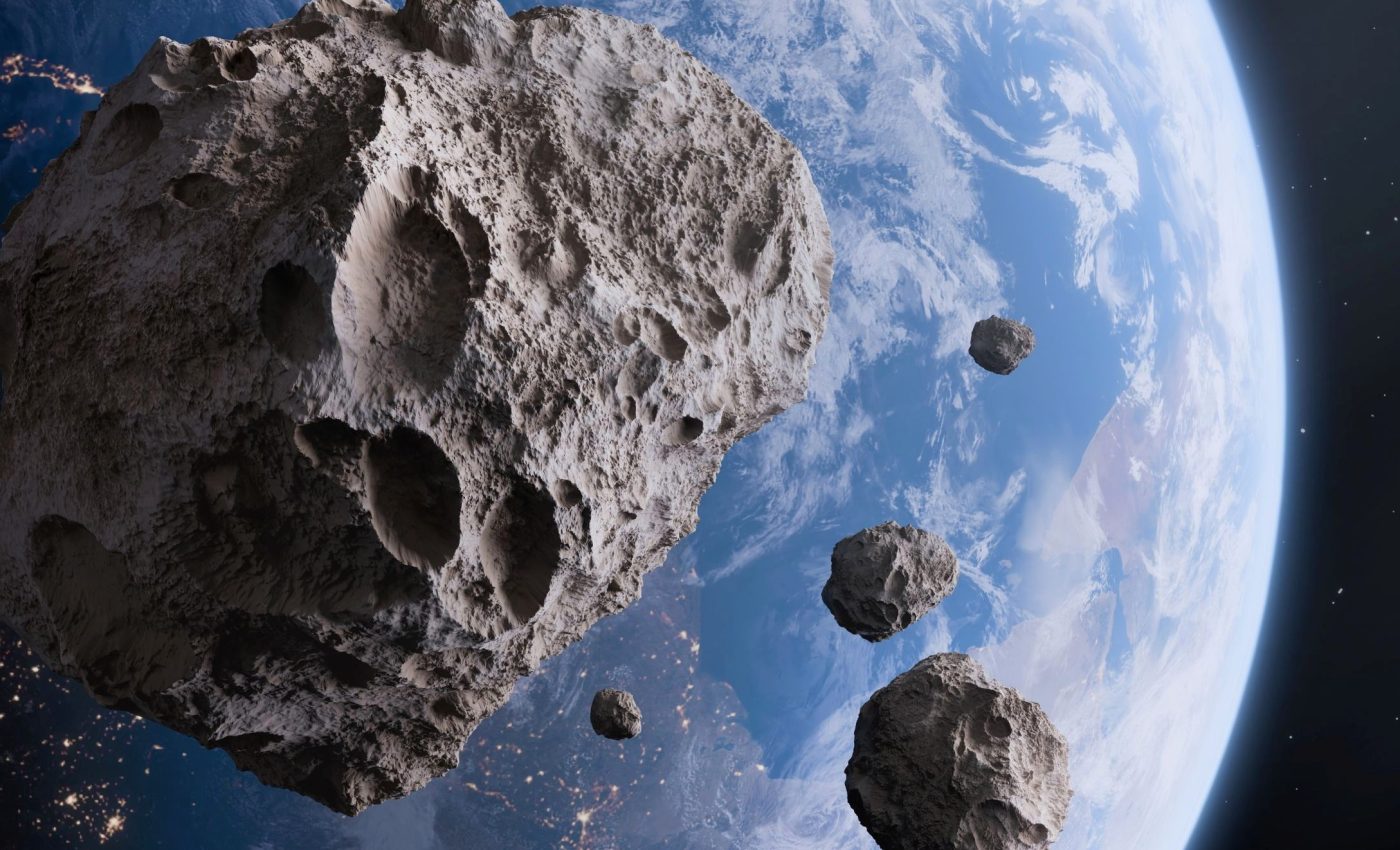
Meteorite chemistry reveals the violent origins of planet formation
A new study reveals that early planet formation occurred from fragments of earlier bodies that broke apart and reformed within the Solar System.
The research team reinterpreted chemical clues in iron meteorites to show that the metal was separated, shattered, and then recycled into second-generation bodies within the first few million years.
The study shifts attention from a slow, single-stage story to a stop-start process shaped by collisions and reheating.
The next stage of planet formation
The team modeled how metallic cores formed inside the first planetesimals, the small building blocks of planets, using elemental patterns in iron meteorites and the physics of metal and sulfur separation.
The results explain why some parent bodies have sulfur-poor cores rich in highly siderophile elements (HSE) metals that prefer to live in metal rather than rock.
“These events determined which elements and minerals young worlds carried into the next stage of planet formation,” said Damanveer Singh Grewal, an assistant professor of Earth and planetary science at Yale University.
A key point is timing. The study indicates that energetic collisions started about 1 to 2 million years after the earliest solids formed, followed by reassembly of fragments into new bodies that later melted again to form fresh cores.
The family history of meteorites
Researchers often separate early meteorite parents into noncarbonaceous and carbonaceous families, a split tied to different birth zones in the young disk.
That dichotomy matters because it tracks different chemical paths, including how much sulfur and other volatiles ended up in metal.
The models show that several carbonaceous core groups sampled by meteorites record a late, sulfur-poor metal stage that formed after earlier sulfur-rich metal had already been extracted. That missing early metal likely sat in protocores that were stripped away during disruptions.
New clues from meteorites
Iron meteorites are snapshots of ancient cores. They preserve ratios among metals such as osmium, iridium, platinum, and palladium that shift in predictable ways when metal coexists with sulfur-rich liquid, then separate.
Studies of ureilites, rudimentary rocks from another parent body, indicate a hot world that was torn apart, cooled quickly, and reassembled. That is the same kind of disruption the new models invoke, but applied to different parent populations.
Dating the sequence relies on short-lived isotopes produced in the first few million years. Those chronometers include aluminum 26 and hafnium 182, which decay into magnesium 26 and tungsten 182 at known rates, letting scientists set clocks on early heating and core formation.
The Yale team uses those clocks to argue that disruption and reassembly had to occur while aluminum 26 was still active. Otherwise, the later metal stage could not have melted, thereby placing collisions and reaccretion within roughly the first 1 to 2.5 million years.
Early collisions redefined
Decades of modeling show that so-called hit-and-run collisions often strip outer layers and send a battered remnant on its way.
That outcome helps explain why some meteorite parent cores contain little sulfur and unusual patterns of noble metals.
The new results say those cores are what was left behind after earlier sulfur-rich metal had been removed, then the remaining metal was later separated again during renewed heating. Putting these pieces together, the simplest path is multi-step.
Early melting drew out sulfur-rich metal; collisions then disrupted partially melted bodies, and reaccreted fragments later heated enough to form new, sulfur-poor cores.
Reconstruction of the early Solar System
If many iron meteorites come from second-generation cores, then estimates of core size and oxidation for their original parents need to be revised.
Accounting for the missing early metal raises core mass fractions and increases the amount of oxidized iron in mantles relative to earlier estimates.
This matters for the reconstruction of the early Solar System and planet formation. It reduces the need to call on unusual starting ingredients to explain odd metal patterns and supports a view where processing inside bodies drives much of the variation.
The findings shift how we think about the noncarbonaceous and carbonaceous split. That split likely reflects location and timing in the disk rather than unique ingredients, and is consistent with the broader isotopic dichotomy discussed above.
The scenario also aligns with known evidence for rapid separation of reservoirs in the first few million years. It fits a picture where large bodies grew quickly and stirred their neighborhoods, raising speeds enough to make destructive events more common.
Complex pathway to planet formation
Future measurements can test the predicted chemical fingerprints in additional iron meteorite groups.
Patterns of the most metal-loving elements should line up with models that track how sulfur content changes with temperature and time.
More precise ages will also help. Combining aluminum 26, hafnium tungsten, and other clocks can narrow down when each step happened, strengthening or challenging the multi-stage path suggested here.
“Our findings show that the pathway to planetary formation was far more dynamic and complex than previously thought,” said Grewal.
The study is published in the journal Science Advances.
—–
Like what you read? Subscribe to our newsletter for engaging articles, exclusive content, and the latest updates.
Check us out on EarthSnap, a free app brought to you by Eric Ralls and Earth.com.
—–













